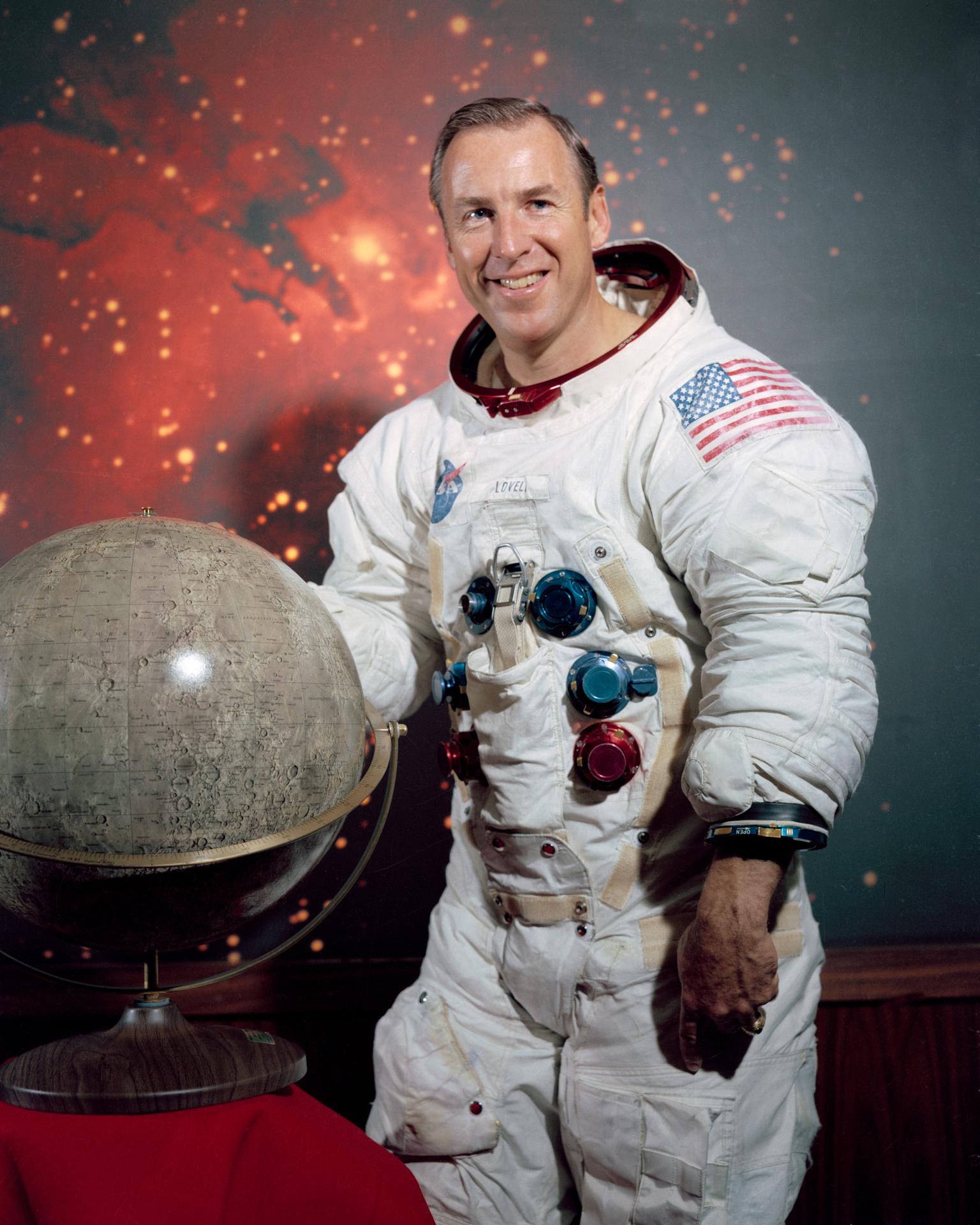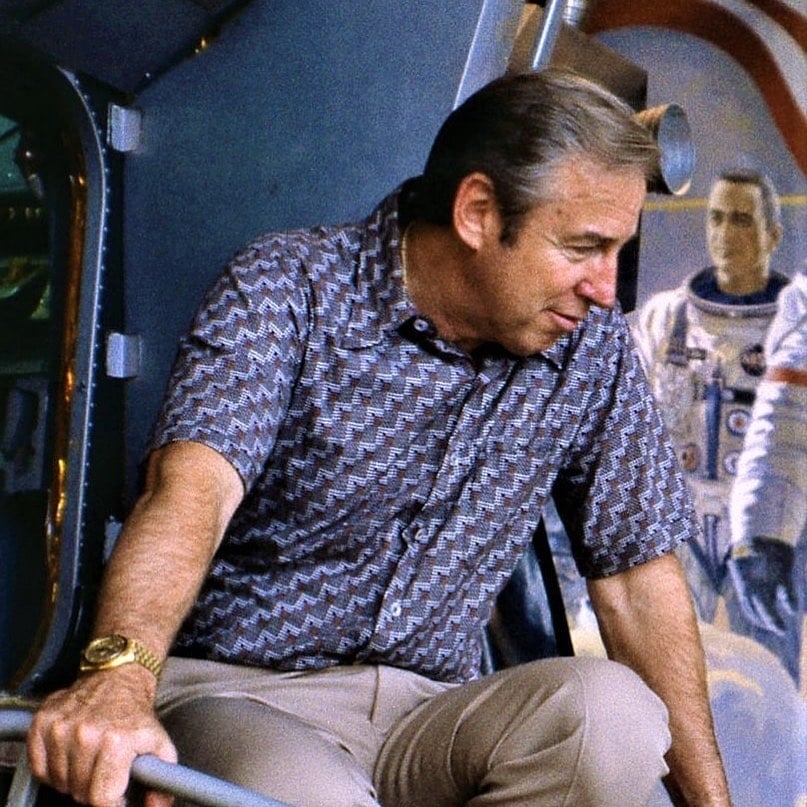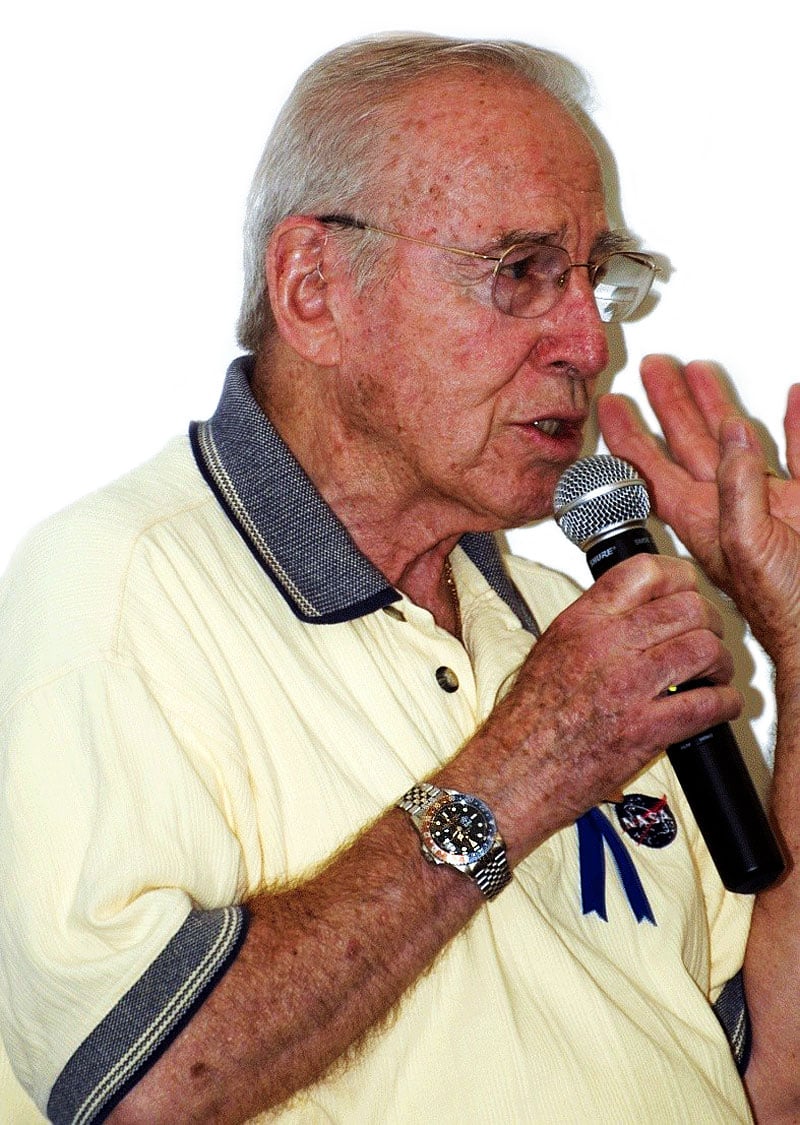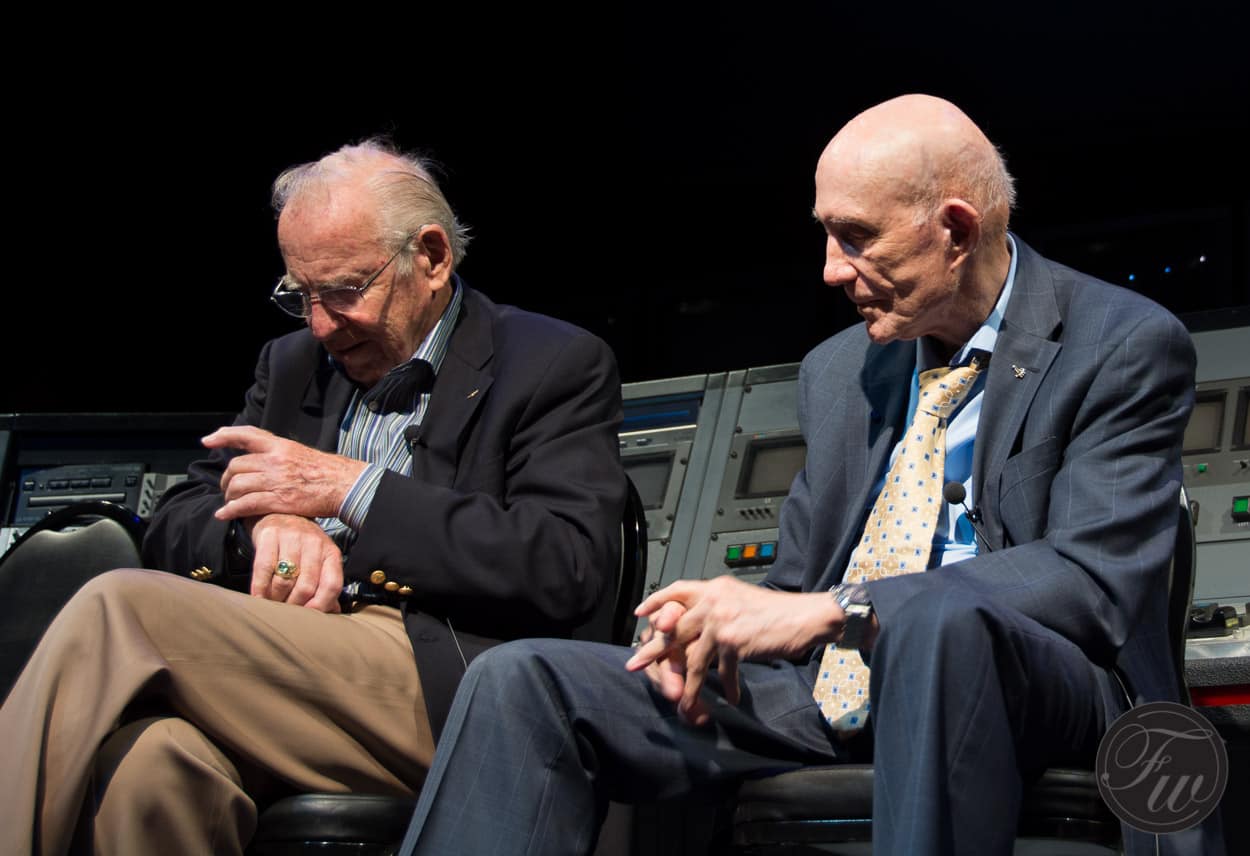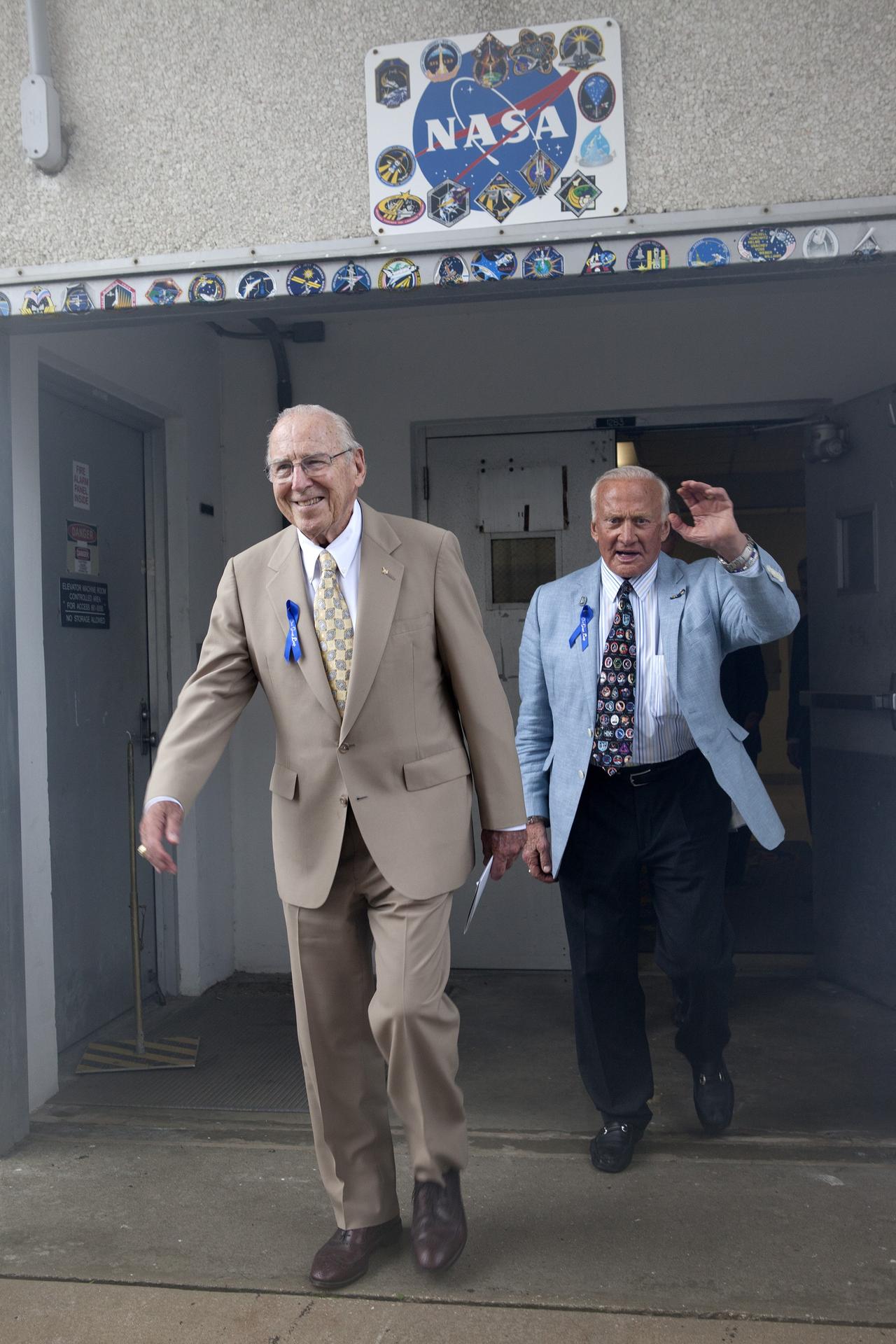Remembering The Legacy Of Apollo 13 Commander Jim Lovell
Last week, on August 7, 2025, Captain Jim Lovell, Apollo 13 Commander, passed away at the age of 97 in Lake Forest, Illinois.
Jim Lovell
Beyond Apollo 13, Jim Lovell’s NASA career was filled with key assignments. He first flew as pilot—alongside Frank Borman—on Gemini 7 in 1965. This nearly 14-day endurance mission served as a crucial test of long-duration human spaceflight and served as a target vehicle for the first crewed orbital rendezvous with Gemini 6A. He then commanded Gemini 12 in 1966, with Buzz Aldrin as pilot. This mission advanced extravehicular activity (EVA) techniques and brought the Gemini program to a successful close.
In December 1968, Lovell served as Command Module Pilot on Apollo 8, the first human mission to orbit the Moon, where the crew famously read from Genesis on Christmas Eve. By his retirement in 1973, Lovell had logged over 715 hours in space across four historic missions.
His command during the Apollo 13 crisis—when an oxygen tank exploded—turned a near-tragedy into what NASA regards as a “successful failure,” cementing his legacy in both space and horological history
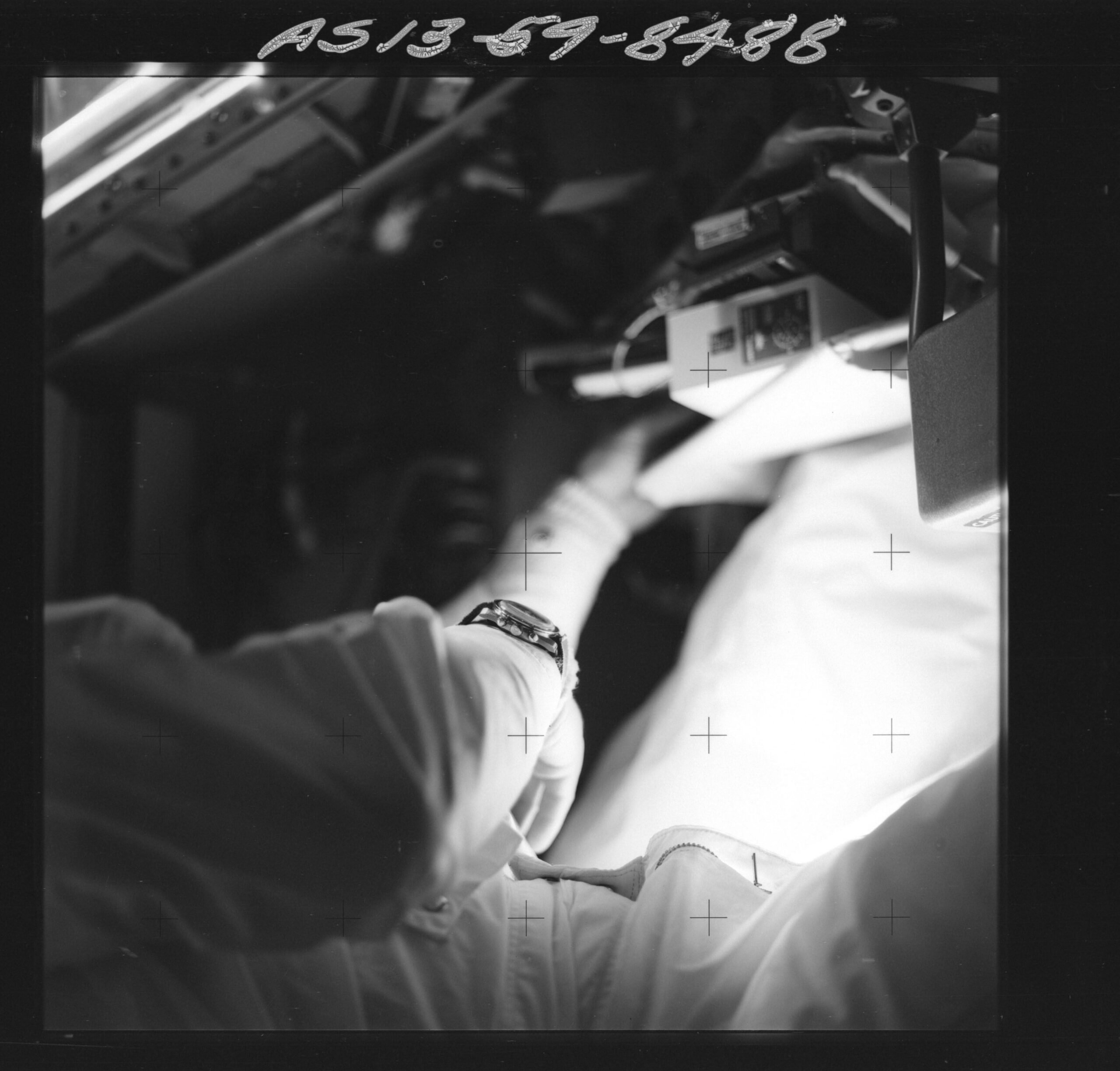
Interior of the Lunar Module looking toward the commander’s station. Most prominent is Jim Lovell’s watch. In front of him, stored in a bag, is a 16 mm Maurer movie camera. Image credit: Image Science and Analysis Laboratory, NASA–Johnson Space Center.
Apollo 13 and the Speedmaster’s role
Lovell’s calm under pressure wasn’t only legendary; the Omega Speedmaster Professional measured it. This watch, officially flight-qualified by NASA, became a lifeline. When mission-critical systems failed and timing for crucial engine burns mattered most—seconds literally dictating survival—Swigert’s Speedmaster was the tool that guided the crew home. It helped time the precise 14-second burn of the lunar module’s descent engine, a feat that turned potential catastrophe into what NASA proudly calls a “successful failure.”
During Apollo 13, Lovell wore the Speedmaster Professional reference 105.012, with NASA serial number 70. NASA assigned internal reference and serial numbers to the watches in use. He also wore a Speedmaster Professional 105.012 with serial number 60 during the 1968 Apollo 8 mission. On earlier missions, he wore a straight-lug Speedmaster 105.003 (NASA serial number 2 during Gemini 7 and serial number 15 during Gemini 12). The tremendous work of the Space Watches Facebook Group deserves credit for researching all the watches worn in space.
Lovell and his Rolex GMT-Master
Lovell—like Jack Swigert—often wore the Rolex GMT-Master 1675 in his private life. Jim Lovell’s Omega Speedmaster watches were part of his astronaut equipment and had to be returned to NASA after use. He received the Rolex GMT-Master with its U.S. Naval Academy crest after his first Gemini flight and wore it throughout his life—first on an Oyster bracelet, later on a Jubilee bracelet. Jake from RolexMagazine has documented this in great detail.
Meeting Jim Lovell
In 2015, I had the rare and profound privilege of meeting Jim Lovell and Tom Stafford at an Omega event in Houston. This event commemorated Apollo 13, and Omega introduced its second Speedmaster Snoopy Award watch that year (the first was in 2003). Lovell’s and Stafford’s stories and anecdotes about the Moon program and the Apollo 13 mission were awe-inspiring.
Lovell’s wife, Marilyn, passed away in August 2023 at the age of 93. Last Thursday (August 7), Jim Lovell died at his home in Lake Forest, Illinois, at the age of 97. Only six of the 24 men who reached the Moon are still alive today. If you haven’t already, make sure to watch Apollo 13, where Tom Hanks portrays him.

